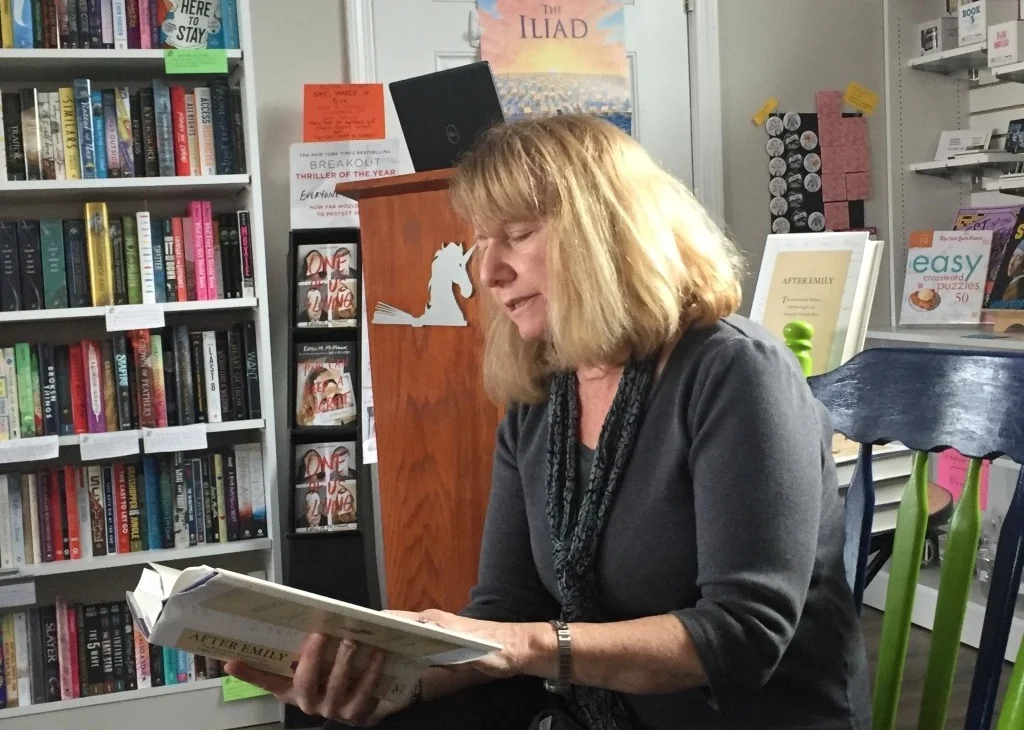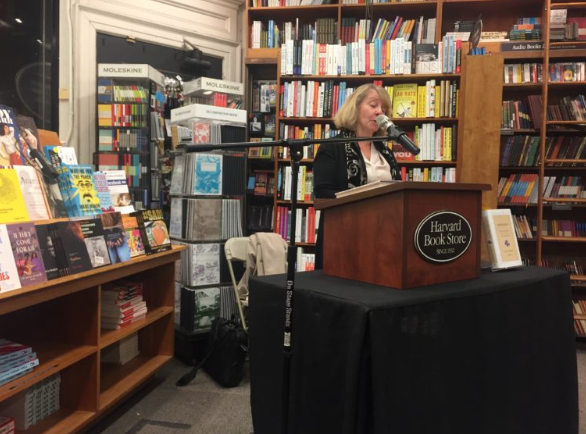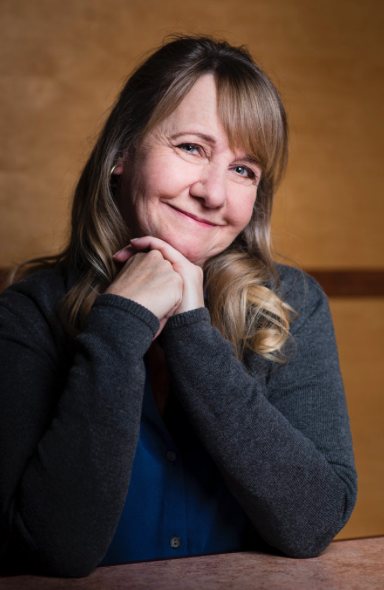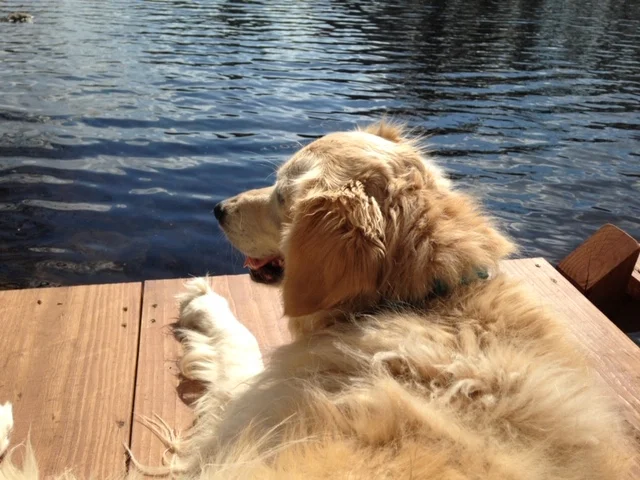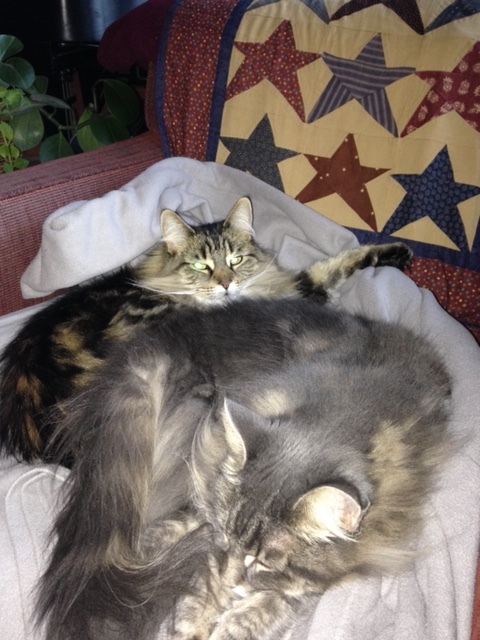Recently, we had the opportunity to speak with Julie Dobrow, Senior Lecturer in the Eliot-Pearson Department of Child Study and Human Development and Tisch College Senior Fellow for Media and Civic Engagement at Tufts University. As an experienced scholar of child development and children’s media, Julie offers an experienced and unique perspective on creativity, imagination, and reconnecting with your inner child for those interested in entering the children’s media field.
“You need to be willing to keep learning, because the field and the platforms are always changing. I also think that the best producers of children’s media are the people who can connect with their inner child,” says Julie. “You need to remember what it FELT like to sit under that hedge and imagine that it was the portal to a whole different world. You need to close your eyes and SEE all kinds of fantastical things. You need to HEAR joyful music. And you need to DREAM in color, not black and white.”
As an attentive and supportive educator, Julie has even led many of her students to our studio for internships, and a few of them even staying as FableVision staff! A longtime FableVision friend, Julie talked with us about her history with children’s media, her latest projects, and her best advice for up-and-coming children’s media professionals.
You are part of the Eliot Pearson Department of Child Study and Human Development at Tufts University, the oldest Child Studies program in the nation. What is your role there and what do you enjoy most about it?
Ever since I’ve been at Tufts—and I’ve been at Tufts a LONG time, since 1995!—I’ve taught at Eliot-Pearson. At first, it was just one class on children and mass media. Since then, however, I’ve added a graduate seminar on the topic and introduced a new course a couple of years ago on creating children’s media. I have always loved teaching, but teaching in this area of study, which changes every year (if not every week!) is both challenging and fun because it means I have to keep learning too.
What first made you realize you were interested in children’s media, and how did you get your start?
I actually wrote my Master’s thesis on images of gender and race in children’s animated television. Then, I didn’t do anything with the topic for a while. But when I became a mom, I started renewing my interest because I saw in my own little home laboratory just how much and in how many different ways media impacted kids’ lives. That led me to explore the area more in my teaching, research, and writing.
Can you tell us some more about the Children’s TV Project (CTV)? How did the idea for this project come about and what reflections do you have as you near the end of your research?
This project was actually born when the original Disney version of The Lion King first came out. My colleague, Chip Gidney, and I had each seen the film and were both kind of horrified by the ways in which the evil characters were marked by dialects. We looked at each other and said, “we should do something about this.” So we started designing a way to systematically explore the depictions of gender, race, and ethnicity in kids’ animated programming.
I’d have to say that after all of these years of working on this, I still feel like there’s more we need to understand. We’re pretty clear on the fact that stereotypes still exist and, in fact, exist way more than we would have thought they would given how hyper-PC so many people in the entertainment industry often appear to be. What we’re not as clear on is just why they do. And we’re just at the beginning of the last part of the project, arguably the most important part: doing research with children to understand how they think about and process the images that they take in.
Considering the observations that inspired CTV, what is something that writers, producers, and consumers of new children’s media should think about?
One thing is that it’s not only how characters are drawn that matters; it’s also how they sound and the context they exist in. You can draw a very diverse set of characters, but just plopping them into some generic urban or suburban background isn’t enough to make a richly contextualized environment that mirrors the environments in which real people live.
Many of your students have worked or interned at places like WGBH, Sesame Workshop, and of course FableVision! What have you enjoyed the most about watching your students branch out into the world?
I love matching my students up with internship sites, including FableVision. There are few things more rewarding than making a good match! Internships are an incredibly important way for students to see how they can parlay what they’re learning in the classroom into industry jobs. They make great contacts, and then they’re very willing to “give back.” So, by now, I feel like I have a whole little army of former students who are working at Sesame Workshop, Nick Jr., WGBH, Fablevision, Fox Kids, Google, Sprout, and a host of other places. They know how the combination of child development and media studies can really help get you started in this industry, and they’re always willing to help a fellow “Jumbo” with a conversation, a contact, and often, a job.
How did you first cross paths with FableVision? What makes it a place that you recommend to your students when they’re looking for internships?
It actually might have been one of my former students who tipped me off to some of the incredible work that’s going on at FableVision. I’ve had enough students who’ve interned and worked there by now to know that FableVision is a place where magic happens. I also know that it’s a warm, encouraging, and creative workplace. And how many internships or job sites actually have popcorn machines?!
We heard you’re currently on a book tour—congratulations! What is your book about and what do you hope readers will gain from it?
After Emily is a mother/daughter biography of Mabel Loomis Todd and Millicent Todd Bingham, the two relatively unknown women who made Emily Dickinson into a household name. I hope that my book will introduce these two fascinating women who pushed the envelope on what women of their respective eras did to readers. I also hope that it will speak to everyone who themselves have had a complicated relationship with family members, and that it will shed some new light on the story of the ever-mysterious reclusive poet of Amherst.
We heard you recently ran into Marc Brown, author of the Arthur series, at one of your book events. How did it feel to officially meet the creator of such an iconic program?
Well, Marc and I have been in touch for many years, since I helped Tufts to acquire some of Marc’s old Arthur materials when he was moving out of his home on the Vineyard. But we’d never met in person until he showed up at an event I did on my book tour in New York. It was wonderful to meet him, and I wish there had been more time!
More about Julie:
Favorite flavor of ice cream? Coffee.
What’s a children’s book you still love to read? The Phantom of Walkaway Hill.
Best way to spend a Saturday? Puttering around in my gardens.
What’s your favorite city to visit? I’m not much of a city girl. I like visiting New York and Los Angeles, but I sure wouldn’t want to live there.



